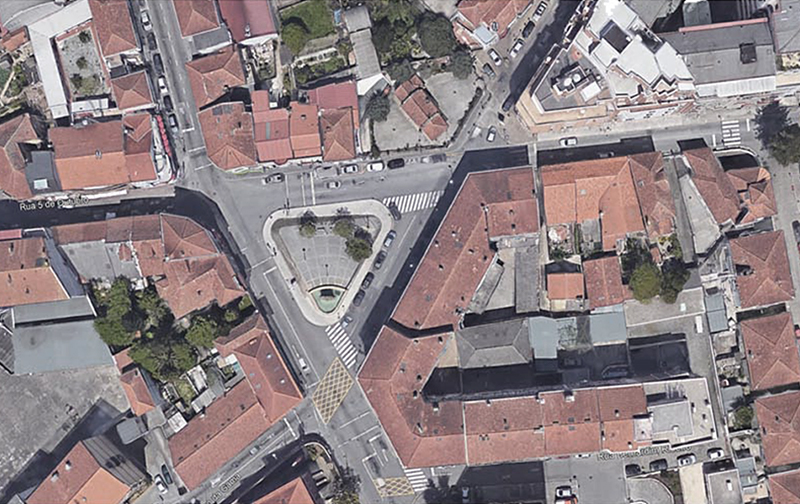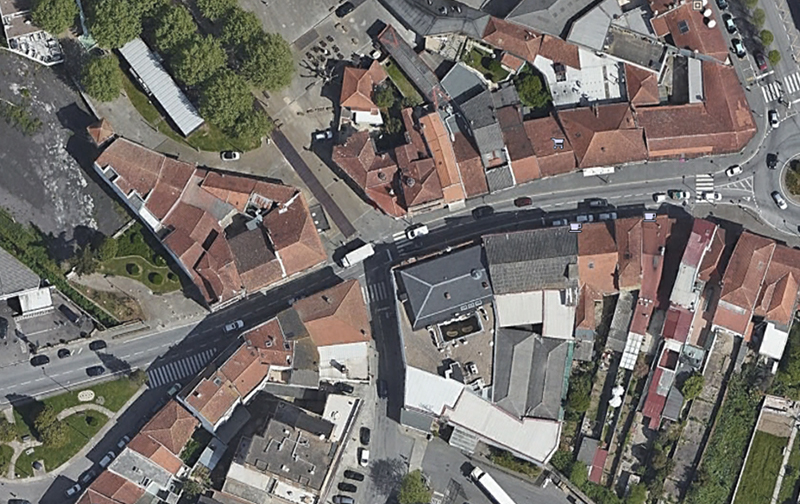Urban Design

Tactical Urbanism
A close look at the mobility & transport market allowed us to identify a latent need in our cities – to carry out interventions in public space that allow street socialization and promote inclusive and sustainable mobility.
Confinement has taken many cars out of circulation, leaving public space free for pedestrians and soft modes.
Urbanistic interventions gain expression under the concept of Tactical Urbanism.
Tactical Urbanism emerged in 2010 in the US and is characterized by urban interventions that are affordable and can make streets very appealing and safe for soft modes such as walking, cycling, and others, and also create garden, living, leisure, and social spaces for residents, play areas for children, and small terraces for local businesses.
A city-building approach that involves public participation, both in the design of the spaces and in their execution. These can be temporary or permanent interventions, and are generally quick to implement.
The design adopted for each solution is unique and aims to promote the territory’s identity.


Urbanistic interventions that will contribute to improve the quality of life in city centers:
- Making the Center more showy
- Creating spaces for leisure and socialization
- Widening Sidewalks
- Improve Access Conditions to Local Commerce
- Increasing the number of parking spaces
- Relocating bus stops
- Diverting heavy goods traffic from the center, if and when possible
- Carry out urban art interventions in the public space that aim to reinforce the identity marks of the municipalities



PARKLET
A widely used solution in these projects is the parklet concept.
Parklets are small seating areas that occupy a parking space and enhance the use of public space for leisure. It’s simple and temporary character allows to dynamize the urban space in order to promote its use by the citizen, with quality, comfort and safety, promoting the streets socialization.